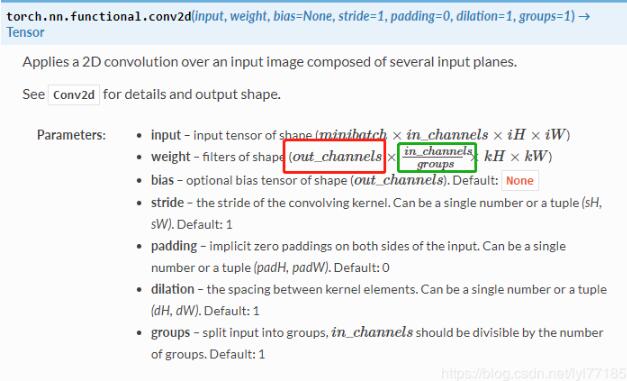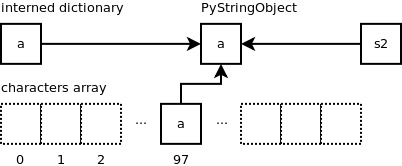python实现大文件分割与合并
很多时候我们会面临大文件无法加载到内存,或者要传输大文件的问题。这时候就需要考虑将大文件分割为小文件进行处理了。
下面是一种用python分割与合并分件的实现。
import os
FILE_DIR = os.path.dirname(os.path.abspath(__file__))
#========================================================
# 文件操作
#========================================================
def get_filelist1(dir, postfix):
'''
按照后缀返回文件名列表
INPUT -> 目录地址, 文件后缀
OUTPUT -> 文件名列表
'''
return [os.path.join(dir, f) for f in os.listdir(dir) if f.endswith(postfix)]
def get_filelist2(dir, preffix):
'''
按照前缀返回文件名列表
INPUT -> 目录地址, 文件前缀
OUTPUT -> 文件名列表
'''
return [os.path.join(dir, f) for f in os.listdir(dir) if f.startswith(preffix)]
def get_file_postfix(filename):
'''
获取文件名后缀
INPUT -> 文件名
OUTPUT -> 文件后缀
'''
file = os.path.splitext(filename)
preffix, postfix = file
return postfix
def get_file_preffix(filename):
'''
获取文件名前缀
INPUT -> 文件名
OUTPUT -> 文件前缀
'''
file = os.path.splitext(filename)
preffix, postfix = file
return preffix
def file_chunkspilt(path, filename, chunksize):
'''
文件按照数据块大小分割为多个子文件
INPUT -> 文件目录, 文件名, 每个数据块大小
'''
if chunksize > 0:
filepath = path+'/'+filename
partnum = 0
inputfile = open(filepath, 'rb')
while True:
chunk = inputfile.read(chunksize)
if not chunk:
break
partnum += 1
newfilename = os.path.join(path, (filename+'_%04d' % partnum))
sub_file = open(newfilename, 'wb')
sub_file.write(chunk)
sub_file.close()
inputfile.close()
else:
print('chunksize must bigger than 0!')
def file_linespilt(path, filename, limit):
'''
文件按照行分割成多个子文件
INPUT -> 文件目录, 文件名, 行数
'''
if limit > 0:
preffix = get_file_preffix(filename)
postfix = get_file_postfix(filename)
file_count = 0
l_list = []
with open(path+'/'+filename, 'rb') as f:
for line in f:
l_list.append(line)
if len(l_list) < limit:
continue
subfile = preffix+"_"+str(file_count)+"."+postfix
with open(FILE_DIR+'/'+subfile, 'wb') as file:
for l in l_list[:-1]:
file.write(l)
file.write(l_list[-1].strip())
l_list=[]
file_count += 1
else:
print('limit must bigger than 0!')
def file_combine(path, filename):
'''
子文件合并
INPUT -> 文件目录, 文件名
'''
filepath = path+'/'+filename
partnum = 0
outputfile = open(filepath, 'wb')
subfile_list = get_filelist2(FILE_DIR, filename+'_')
for subfile in subfile_list:
temp = open(subfile, 'rb')
outputfile.write(temp.read())
temp.close()
outputfile.close()
以上就是本文的全部内容,希望对大家的学习有所帮助,也希望大家多多支持【听图阁-专注于Python设计】。


